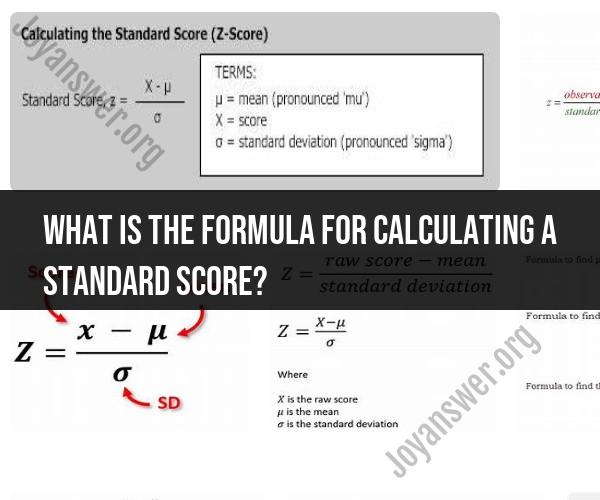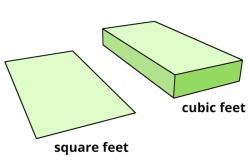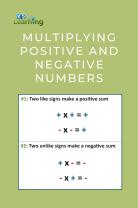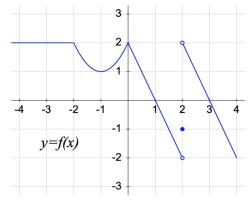What is the formula for calculating a standard score?
A standard score, also known as a z-score, is a measure used in statistics to determine how far a particular data point is from the mean (average) of a data set in terms of standard deviations. It helps in understanding the relative position of a data point within a distribution. The formula for calculating a standard score (z-score) is:
Where:
- is the standard score (z-score) you want to calculate.
- is the individual data point you are interested in.
- (mu) is the mean (average) of the data set.
- (sigma) is the standard deviation of the data set.
Here's how to calculate a standard score (z-score) step by step:
Step 1: Calculate the Mean ()Find the mean (average) of the data set. Sum up all the values in the data set and then divide by the total number of values.
Where:
- is the mean.
- represents the sum of all the data points.
- is the total number of data points.
Step 2: Calculate the Standard Deviation ()Determine the standard deviation of the data set. The standard deviation measures the spread or dispersion of the data. You can use the following formula:
Where:
- is the standard deviation.
- represents the sum of the squared differences between each data point () and the mean ().
- is the total number of data points.
Step 3: Calculate the Standard Score ()Now that you have the mean () and standard deviation (), you can calculate the standard score () for a specific data point () using the formula:
The resulting -score tells you how many standard deviations a data point is from the mean. If is positive, it means the data point is above the mean, and if is negative, it means the data point is below the mean.
Interpretation:
- A -score of 0 indicates that the data point is exactly at the mean.
- A positive -score means the data point is above the mean.
- A negative -score means the data point is below the mean.
- The magnitude of the -score indicates how many standard deviations the data point is from the mean. A larger magnitude suggests a greater deviation from the mean.
Standard scores (z-scores) are valuable for comparing data points from different distributions and understanding their relative positions within those distributions. They are commonly used in various fields of statistics and data analysis.













